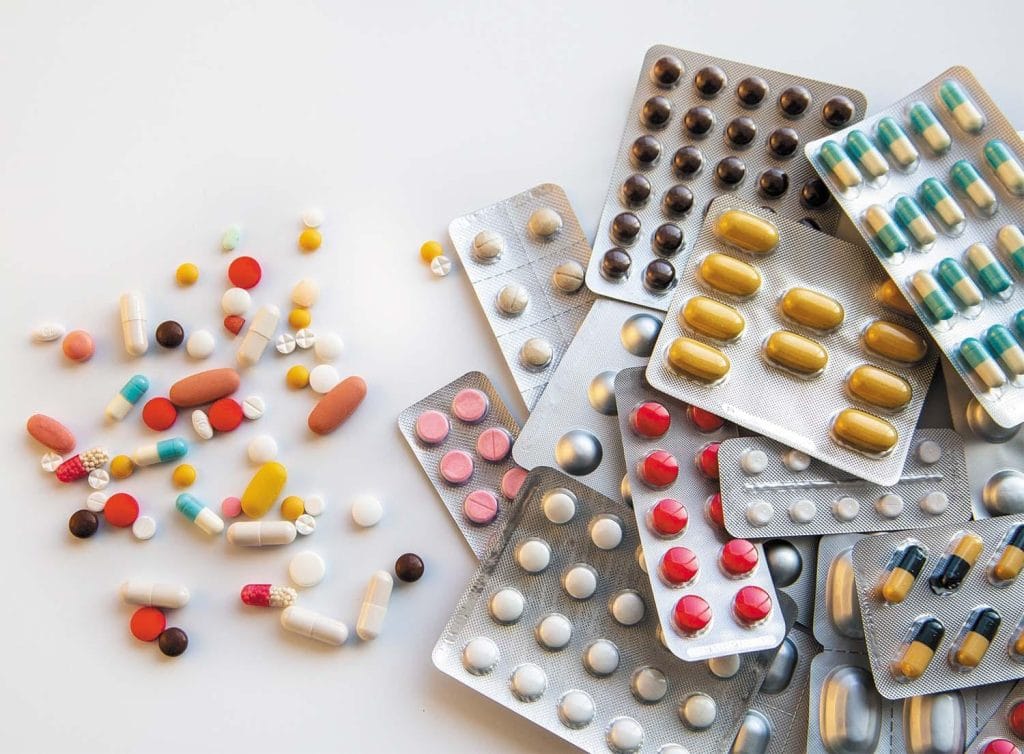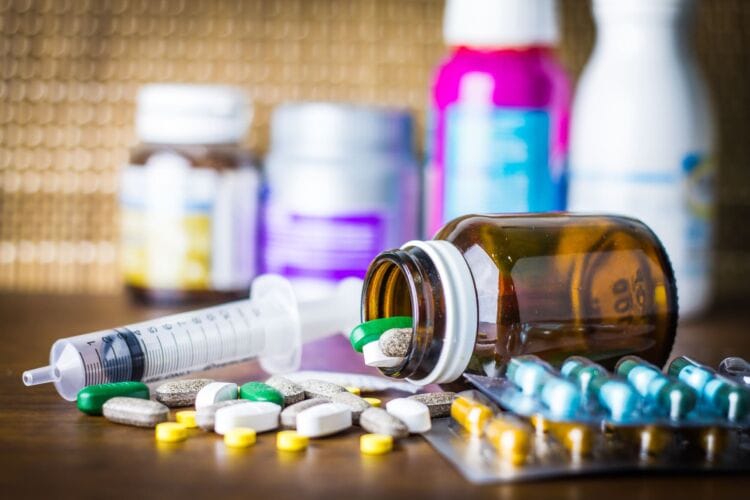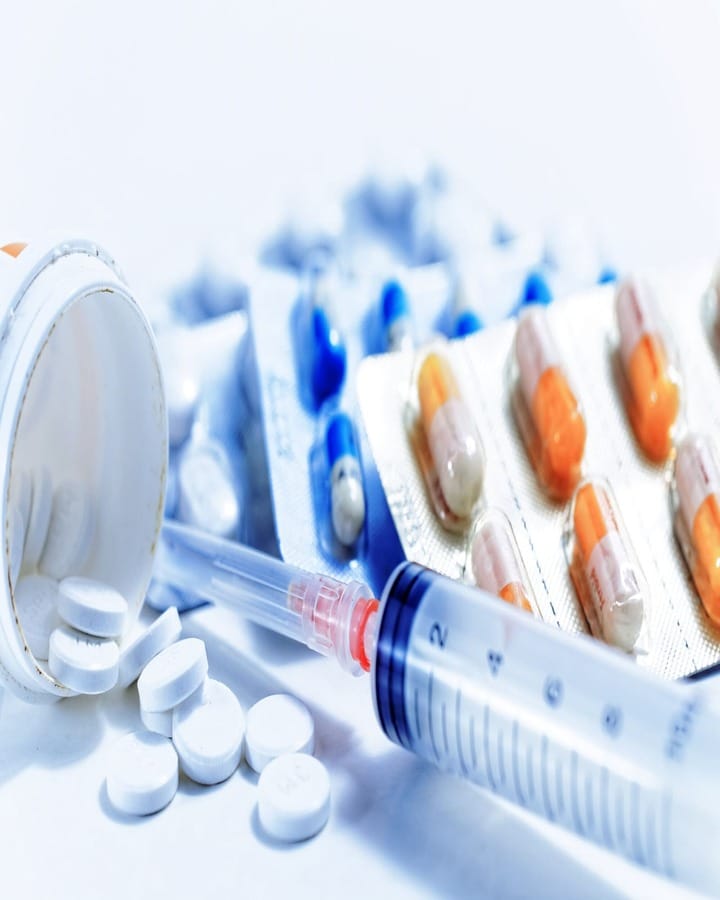
Image Credit-Hema
When it comes to medical treatment, one of the most important factors that determine the effectiveness of a drug is the routes of drug delivery. Simply put, this refers to the path by which a drug enters the body to reach its site of action. Choosing the right route can influence how quickly the medicine works, how long it stays effective, and how safe it is for the patient. In this article, we’ll explore the different routes of drug delivery, their advantages, disadvantages, and applications in modern healthcare.
Routes of Drug Delivery – A Perfect Guide

What Are Routes of Drug Delivery?
The routes of drug delivery are the ways through which a drug is administered to the body. Each route determines how the drug is absorbed, distributed, metabolized, and eventually eliminated. Doctors and pharmacists carefully select the delivery method based on the patient’s condition, age, urgency of treatment, and the nature of the drug itself.
Broadly, routes of drug delivery are divided into enteral, parenteral, and topical methods. Let’s look at them in detail.
1. Enteral Routes of Drug Delivery
These involve the drug passing through the gastrointestinal (GI) tract.
- Oral Route:
The most common and convenient method. Medicines are taken by mouth in forms like tablets, capsules, syrups, or solutions.- Advantages: Easy to use, cost-effective, safe, and widely accepted.
- Disadvantages: Slower onset of action, not suitable for vomiting or unconscious patients, and affected by stomach acidity or food.
- Sublingual and Buccal Route:
Drugs are placed under the tongue (sublingual) or between the gums and cheek (buccal).- Advantages: Quick absorption, avoids stomach acid and liver metabolism.
- Examples: Nitroglycerin for chest pain.
- Rectal Route:
Medications in the form of suppositories or enemas are inserted into the rectum.- Advantages: Useful when the patient cannot swallow or is vomiting.
- Disadvantages: Absorption can be irregular and uncomfortable.
2. Parenteral Routes of Drug Delivery
These bypass the digestive system and deliver the drug directly into the body through injections.
- Intravenous (IV): Drug is injected directly into the bloodstream.
- Advantages: Fastest action, precise dosage, useful in emergencies.
- Disadvantages: Requires trained personnel, risk of infection.
- Intramuscular (IM): Drug is injected into a muscle.
- Advantages: Moderate absorption, longer-lasting effect.
- Examples: Vaccines and antibiotics.
- Subcutaneous (SC): Drug is injected under the skin.
- Advantages: Easy to administer, steady absorption.
- Examples: Insulin injections.
- Intradermal: Injected just under the skin surface, often for allergy tests or tuberculosis tests.
3. Topical Routes of Drug Delivery
Topical delivery means applying drugs directly to the skin or mucous membranes.
- Skin (Dermal Application): Creams, ointments, gels, and patches.
- Advantages: Localized effect, fewer side effects, painless.
- Examples: Pain-relief creams, nicotine patches.
- Eye, Ear, and Nose Applications: Drops and sprays for local treatment of infections, allergies, or congestion.
- Inhalation Route: Drugs are inhaled into the lungs using inhalers or nebulizers.
- Advantages: Rapid absorption, direct effect on lungs, useful in asthma and COPD.
Choosing the Right Route of Drug Delivery
The selection depends on:
- Speed of action required (emergency vs. long-term treatment)
- Patient’s condition (conscious, unconscious, or vomiting)
- Type of drug (some drugs cannot survive stomach acid or need direct bloodstream access)
- Convenience and compliance (oral is easiest for most patients)
Future Trends in Routes of Drug Delivery
Medical research is continuously developing innovative drug delivery systems such as:
- Transdermal patches with controlled release
- Nanoparticle-based drug carriers
- Implants and smart drug delivery devices
These advanced methods aim to increase effectiveness, reduce side effects, and improve patient comfort.
The routes of drug delivery play a crucial role in ensuring that medicines work effectively and safely. From oral tablets to injections and topical applications, each route has its own unique advantages and limitations. Understanding these options helps doctors choose the best method for each patient’s needs. With advancements in technology, the future of drug delivery promises to be even more precise and patient-friendly. Which route of drug delivery do you think is most fascinating—oral, injectable, or topical? Let us know in the comments!
Frequently Asked Questions
What are the main routes of drug delivery in medicine?
The main routes of drug delivery include enteral (oral, sublingual, rectal), parenteral (intravenous, intramuscular, subcutaneous, intradermal), and topical (skin, eye, nasal, inhalation). Each route has its own benefits depending on the speed of action, patient condition, and type of drug.
Why is the route of drug delivery important?
The route of drug delivery determines how quickly a medicine works, how long it lasts, and how effective it is. For example, IV injections act instantly and are used in emergencies, while oral medicines are slower but convenient for long-term treatment.
What are the future trends in drug delivery systems?
Future drug delivery methods focus on controlled release patches, nanoparticles, smart implants, and targeted delivery systems. These innovations aim to improve efficiency, reduce side effects, and provide more comfort for patients.

